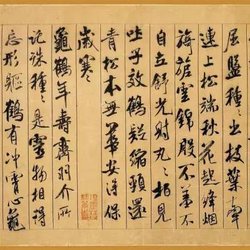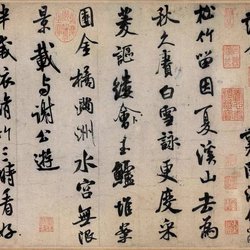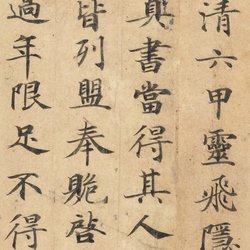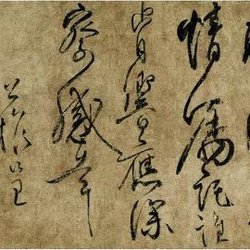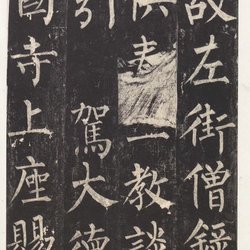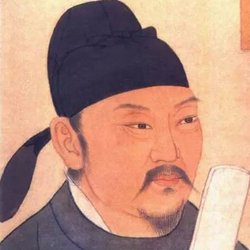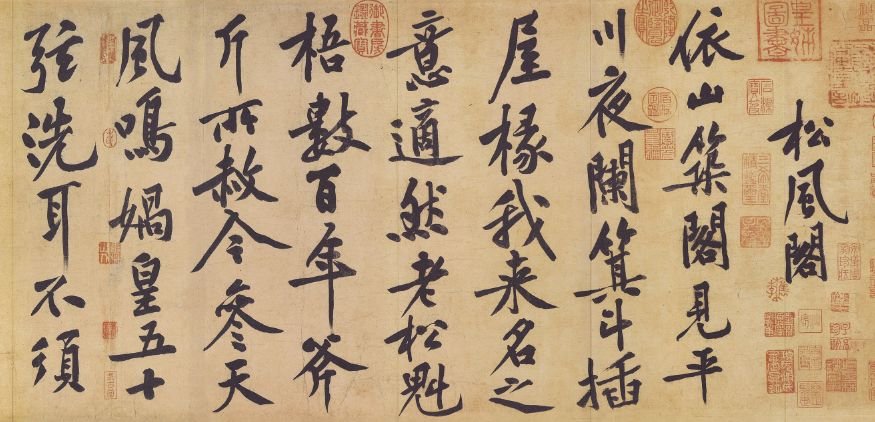
"Songfeng Pavilion Poems and Postscripts" is Huang Tingjian's late work. Huang Tingjian created thousands of fine cursive calligraphy works in his life, among which the most famous one is "Songfeng Pavilion Poems and Postscripts".
Songfeng Pavilion is located near Lingquan Temple in Xishan, west of Ezhou City, Hubei Province, "located in the shade of Baihu Mountain and south of Langting Mountain". It is a group of unique-style buildings integrating pavilions and pavilions.
In September of the first year of Chongning, Emperor Huizong of the Song Dynasty (1102), Huang Tingjian and his friends traveled to Fanshan Mountain in Hubei City. They passed by a pavilion in the pine forest. They spent the night here, listened to the pine waves, and composed the poem "Songfeng Pavilion".
"Songfeng Pavilion" first describes the location, height and origin of the name of Songfeng Pavilion, and the characteristics of its scenery can be seen from this. The following is a description of Ye Yu’s drinking party and what he heard and saw, which was refreshing to both ears and eyes.
In the end, I was sad that Dongpo was dead and regretted that Wen Qian had not arrived. After visiting the famous places, I wanted to get rid of my inhibitions and traveled on the river in a boat with my friends for a long time. The style imitates Bailiang, and the sentences are rhymed. The writing is vigorous throughout:
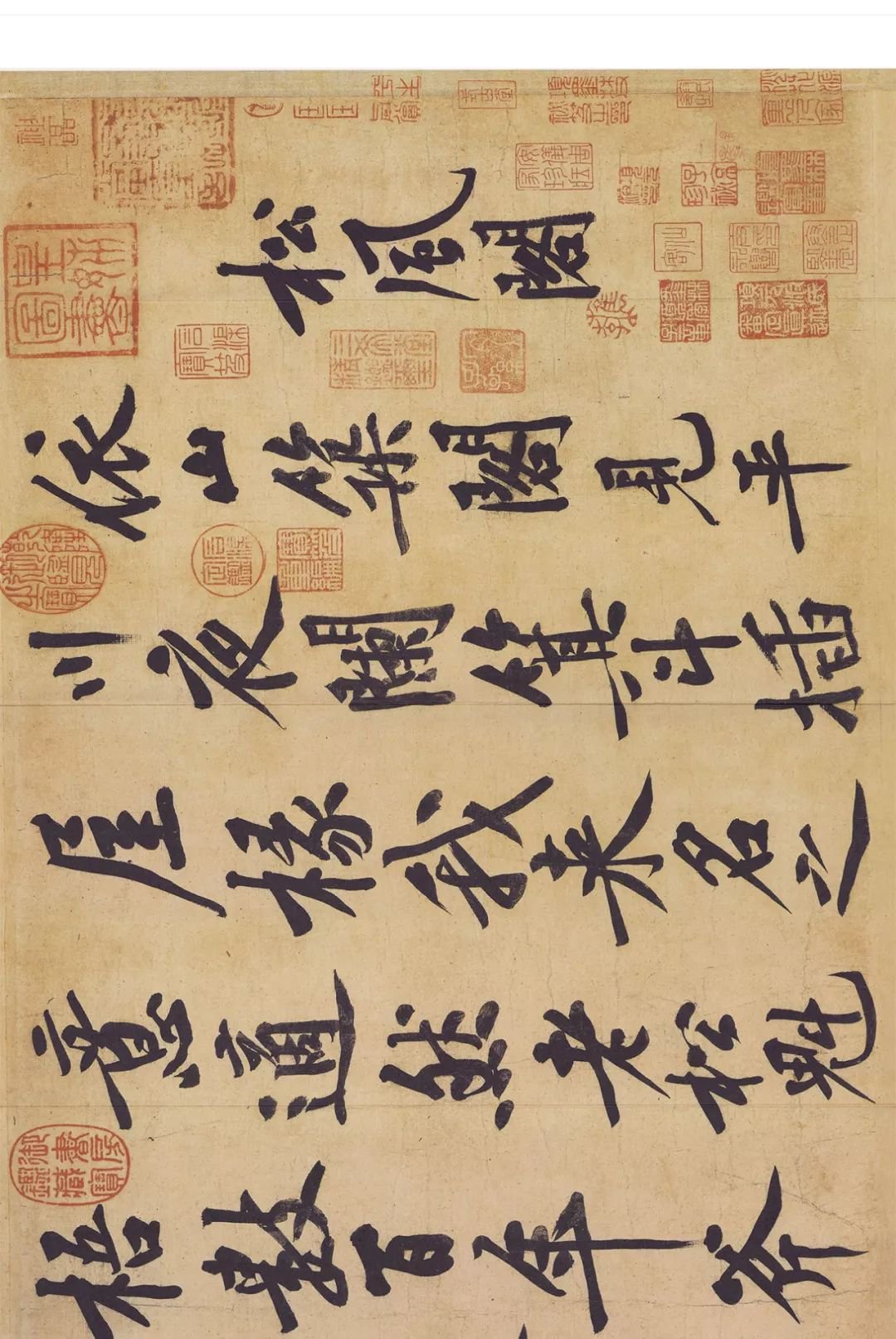
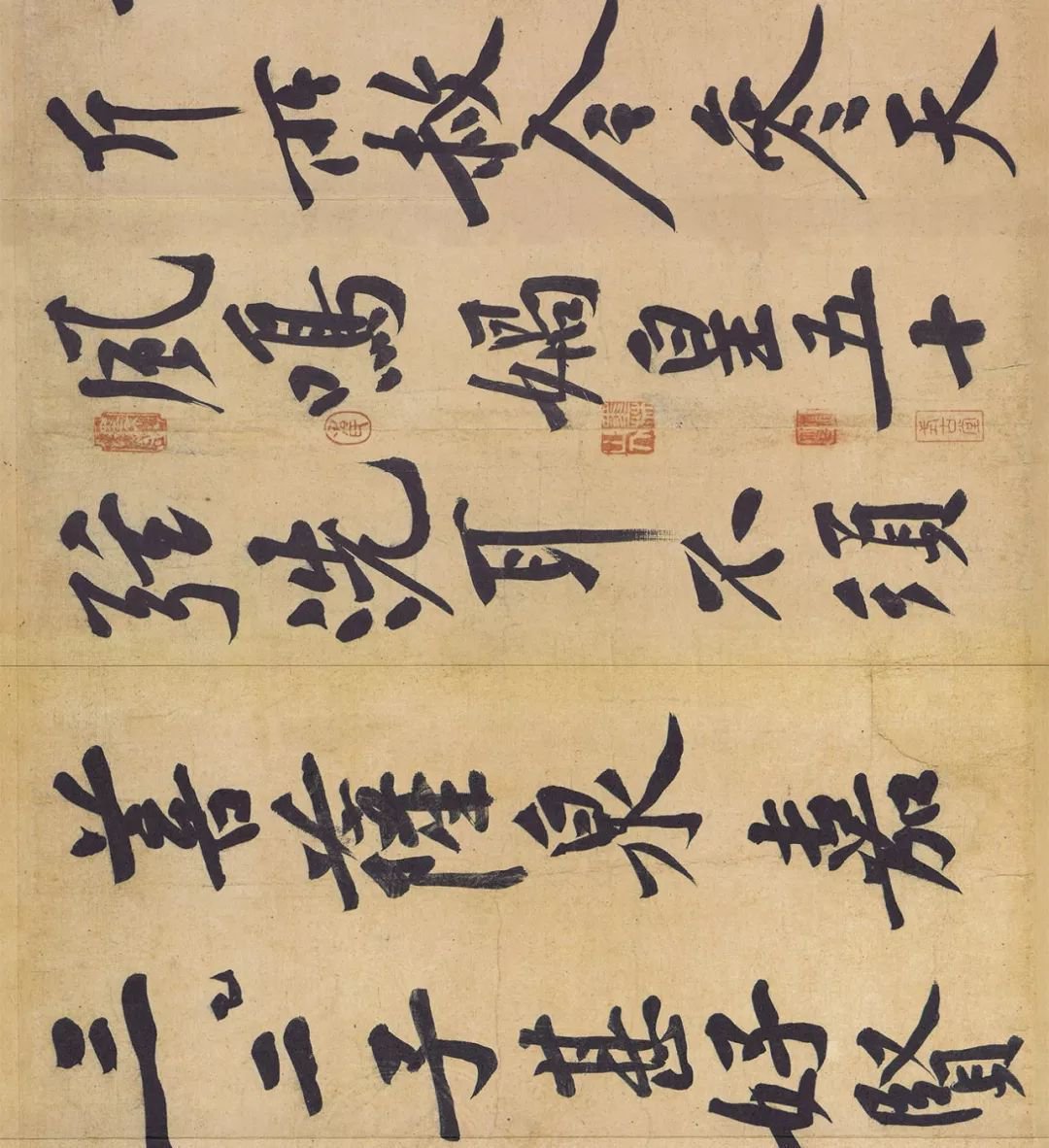
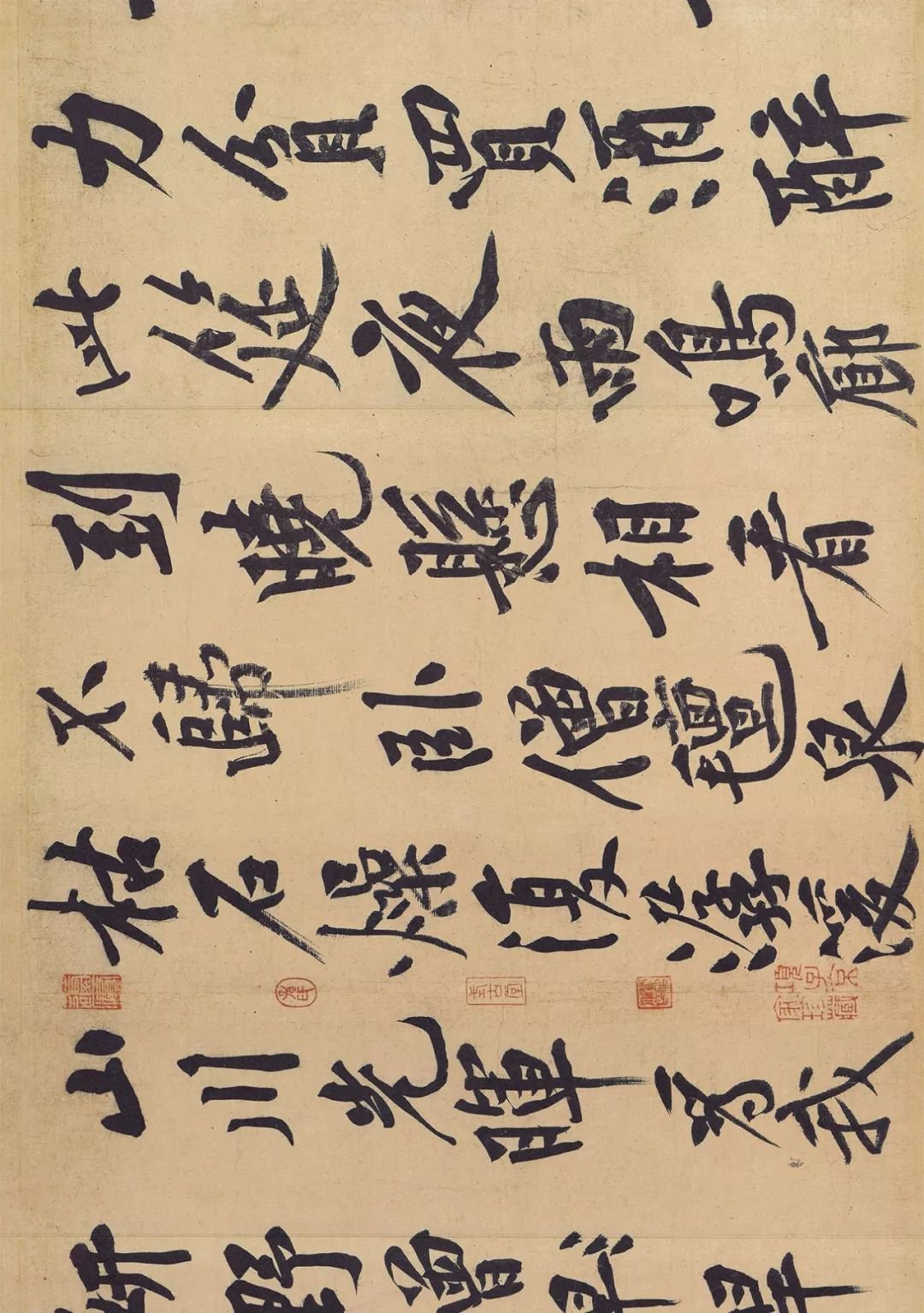
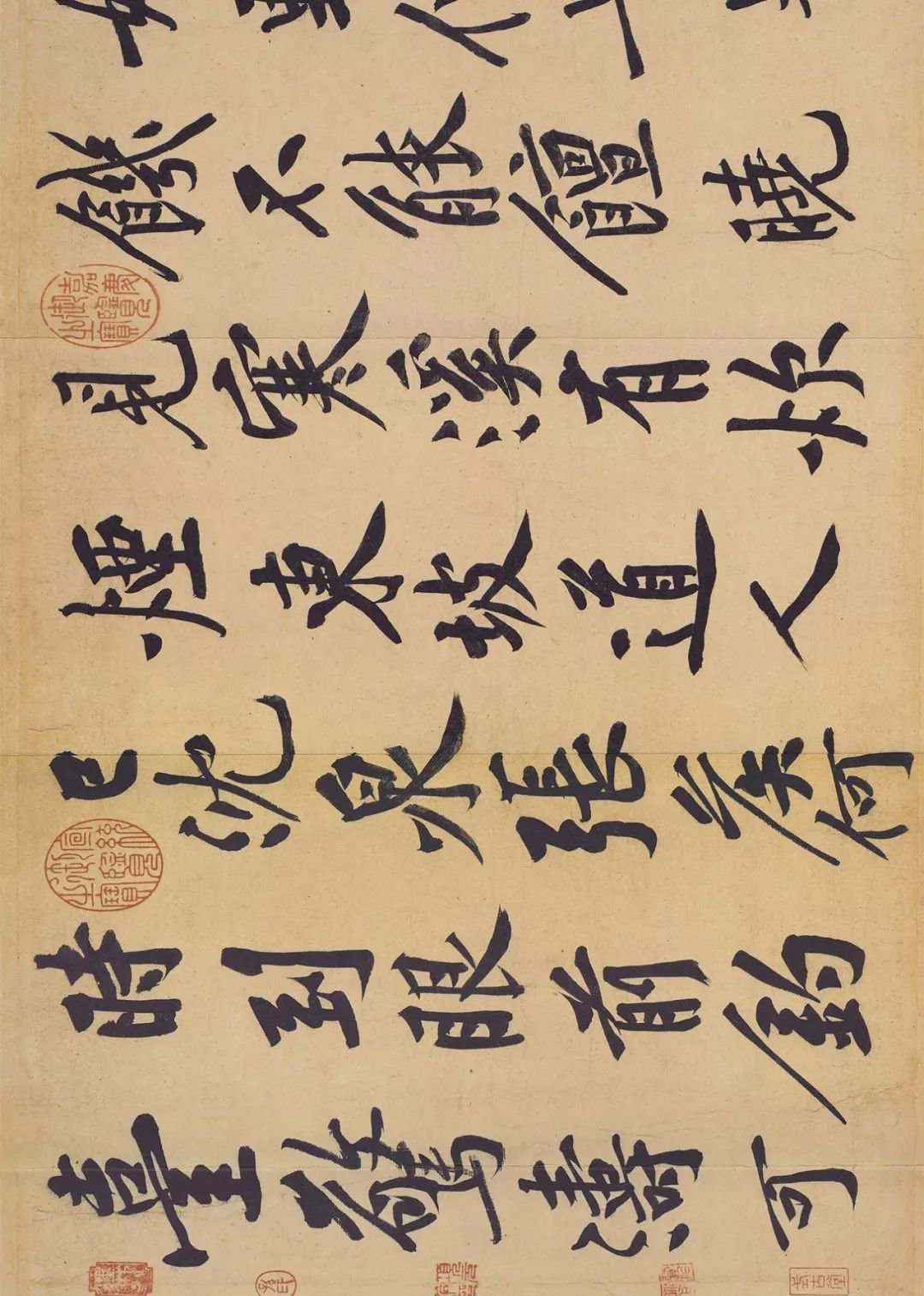
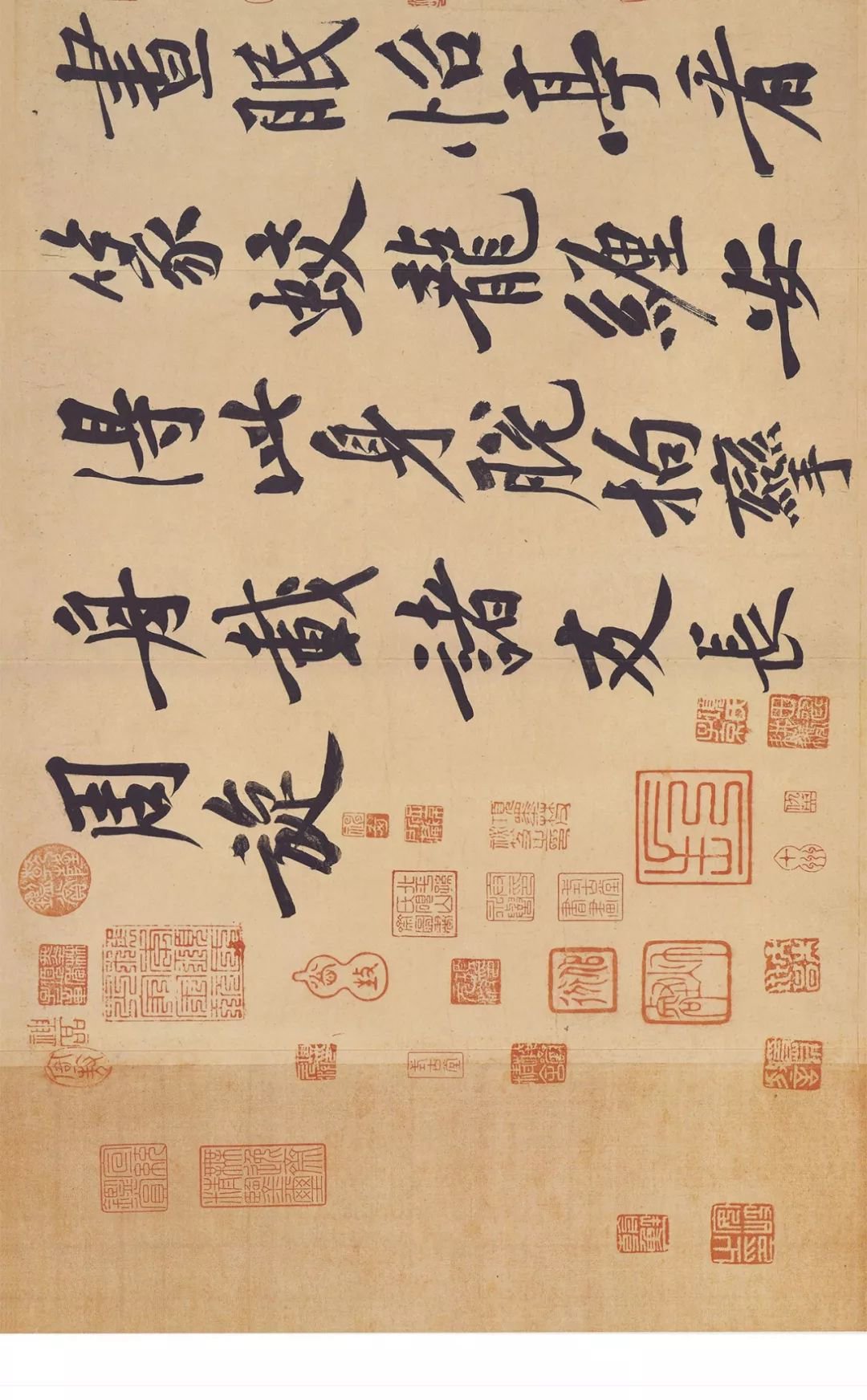
Huang Tingjian's "Songfeng Pavilion Poems and Postscripts" original large high-definition rice paper reproduction, size: 230.45*32.79cm
Translation:
Build a pavilion close to the mountain and see the plains. At night, the skips and buckets are inserted into the rafters of the house.
The meaning of my name is appropriate.
The old pine tree has been tall and tall for hundreds of years, and its weight is now as tall as the sky.
The wind sings Emperor Wa's fifty strings, and the Bodhisattva spring is not needed to wash the ears.
Jia San's second son was very fond of virtuous people, but he was poor and bought wine to get drunk at this feast.
The sound of rain falls on the corridor at night until dawn, and we can't see each other lying on the monk's blanket.
The springs are dry and the rocks are dry and gurgling again, and the mountains and rivers are shining for me.
The wild monk was suffering from drought and hunger, and at dawn he saw smoke from cooking in Hanxi.
The Taoist from Dongpo has sunk into the spring. When will Zhang Hou arrive?
You can sleep in the daytime under the strong waves at Diaoyutai, and you can watch the dragons entangled in seal scripts at Yiting Pavilion.
The body is now free from cramps, and the boat carries all the friends around.
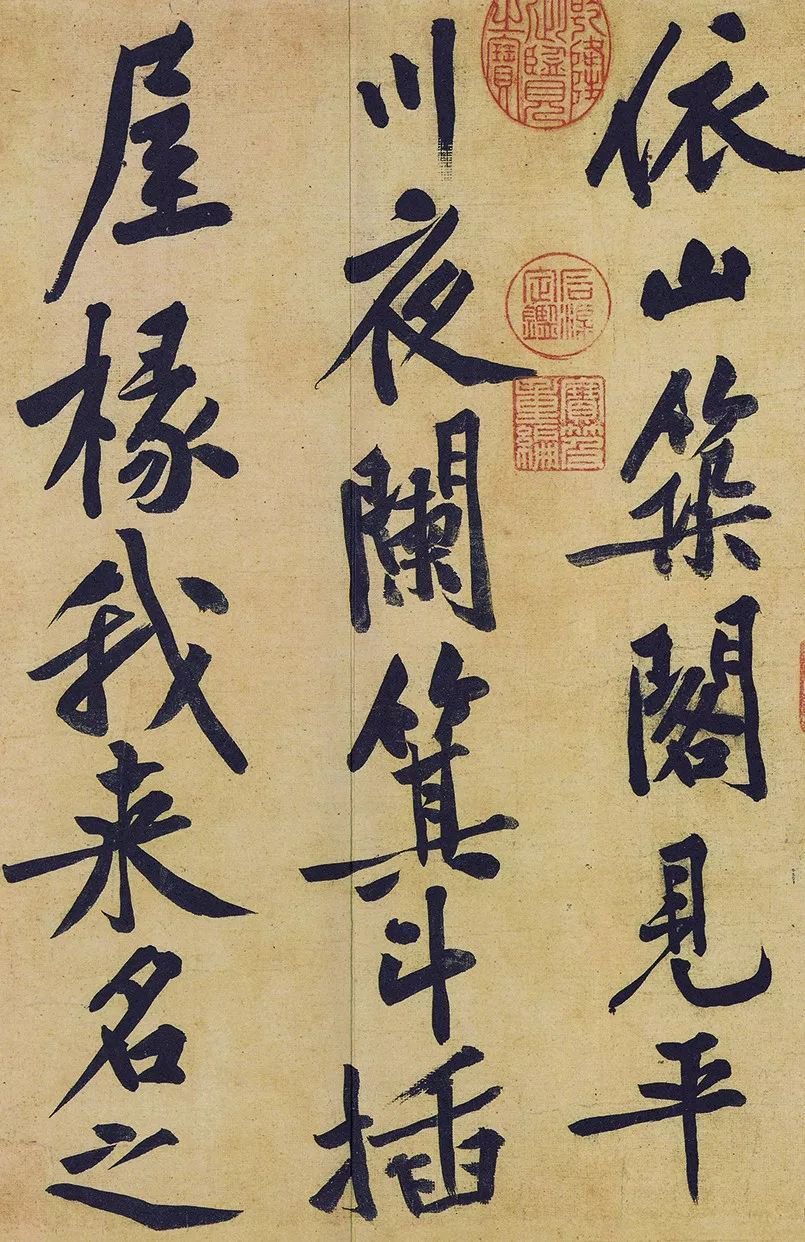
Real shot of Huang Tingjian's "Songfeng Pavilion Poems and Postscripts" original large high-definition rice paper reproduction details
This calligraphy has long waves, ups and downs, and twists and turns, like a boatman's paddle. Regardless of whether the pen is closed or turned, the writing style is all regular script. The writing is smooth and steady, the changes are very subtle, the strokes are light and slow, graceful, steady and full of meaning.
Its structure was inspired by Liu Gongquan's regular script. The central palace is tightened and radiated from the center outwards, extending vertically and horizontally, like a rowing oar or a boat. It is grand and majestic. His personality traits are very significant:
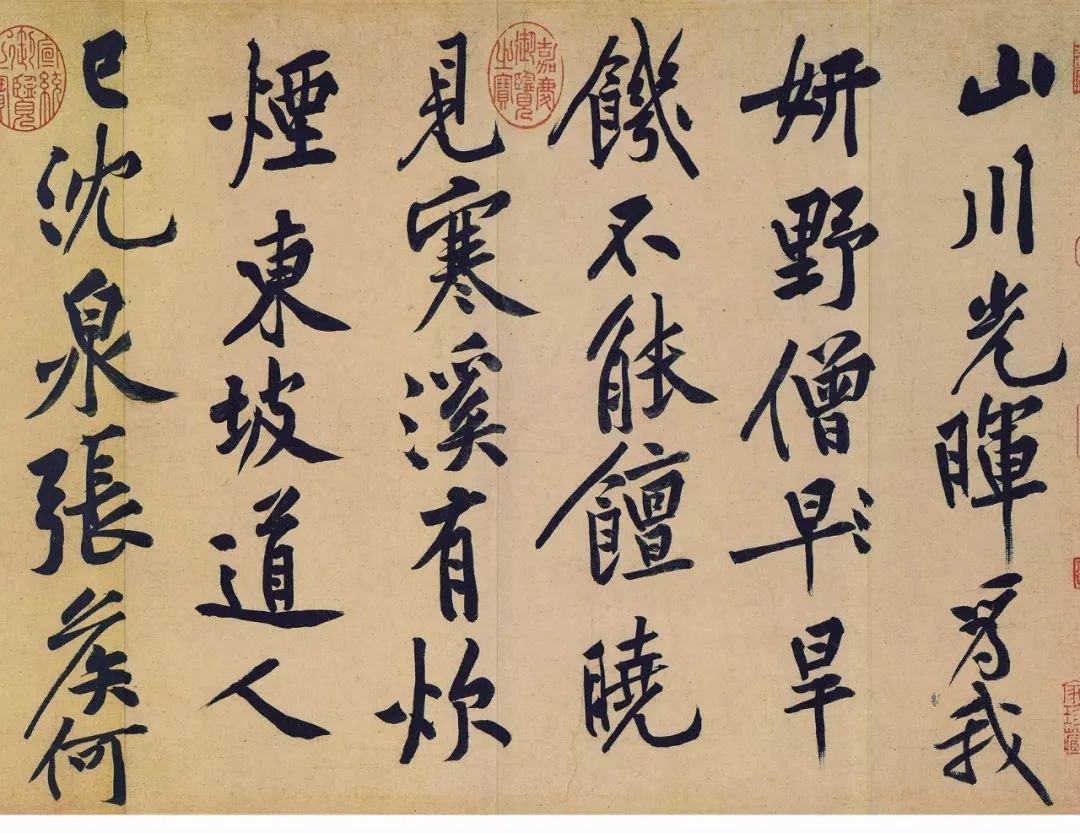
Real shot of Huang Tingjian's "Songfeng Pavilion Poems and Postscripts" original large high-definition rice paper reproduction details
The first is to tighten the inside and release it outward, and the tight places can also see strange things, and the places where placed add to the charm. The rule is that the main strokes radiate outward as much as possible, with horizontal strokes to the left and vertical strokes downward. The middle palace forms a sharp contrast; the second is the colorful side. The characters are like wind branches and rain leaves, and the crotch is horizontal; it is also like the children of the Xie family, who have no hats and no shoes.
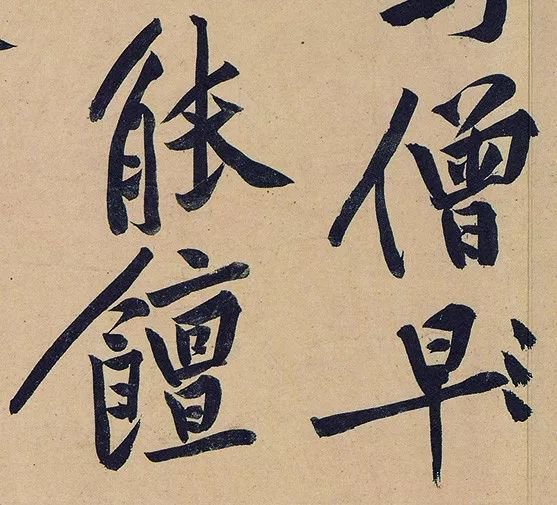
Real shot of Huang Tingjian's "Songfeng Pavilion Poems and Postscripts" original large high-definition rice paper reproduction details
"Songfengge Poems" can be said to be a must-have for learning running calligraphy. It is not only about practicing writing skills and composition, but the momentum contained in it is enough to be used for a lifetime. To learn his calligraphy, you should pay attention to the "calmness" of the dot painting brush and the open and generous structure. As for his cursive script, Zhao Mengfu said: "Huang Taishi's book has the meaning of Zhang Changshi's roundness and vigorous flying." "It is like a noble and elegant scholar, and it is admirable to read it."
When I mentioned Su Shi, who had passed away the previous year, in the later paragraph, I couldn't help but feel excited. His writing power was particularly dignified, and his knots were more inclined. He was a typical example of Shang Yi's calligraphy style. His style was unrestrained and full of meaning, making him a masterpiece of running calligraphy. . It is known as one of the top ten running scripts in the world, ranking ninth.

